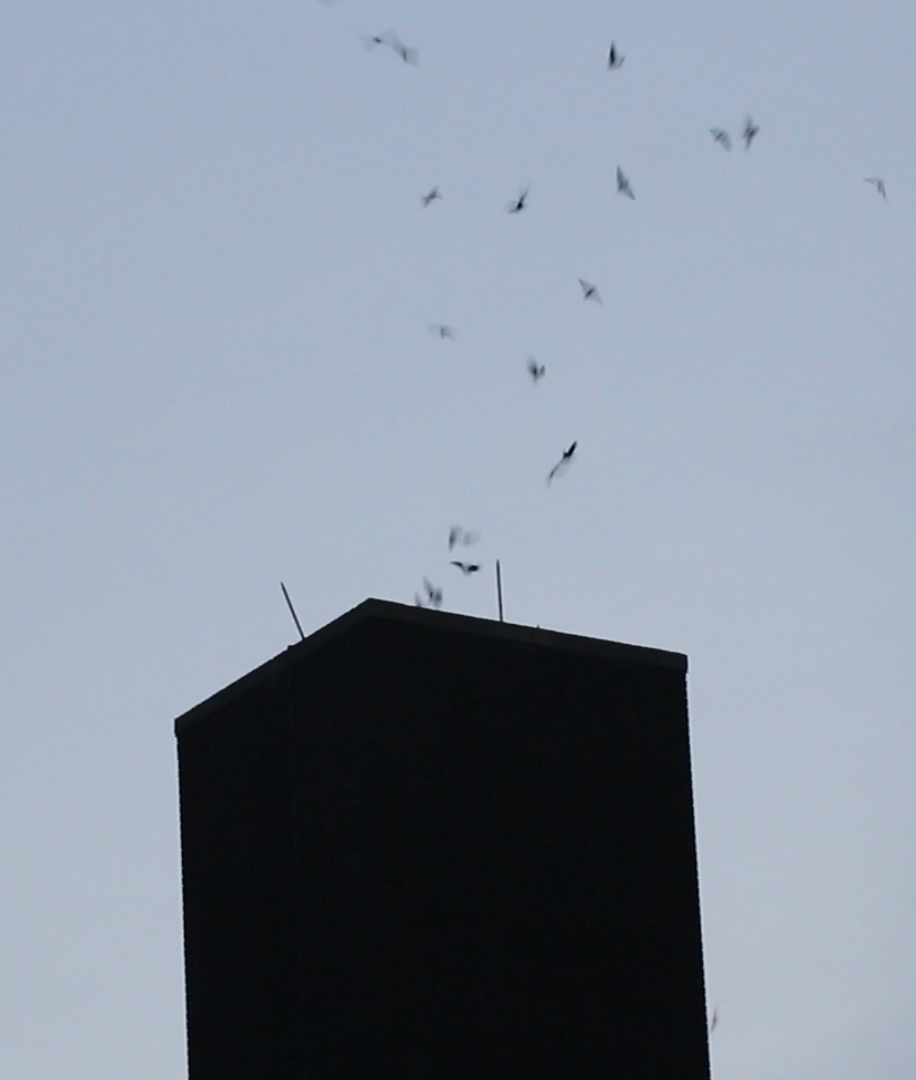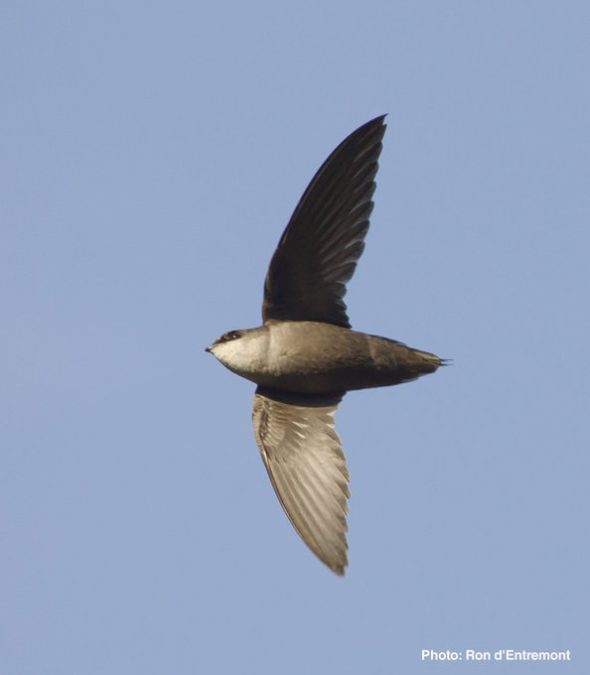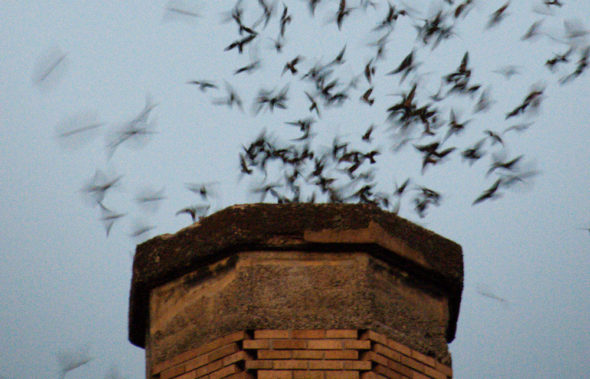
Birding in a Pandemic
by Mark Bell
So, let me guess…
So, let me guess… you had been planning a once-in-a-life-time nature safari this summer to explore the hidden secrets of the Amazon rain forest of northern Peru, right? And then an unexpected global pandemic put those plans on hold and now you’re stuck at home staring out your kitchen window and you’re feeling isolated, not just from your fellow humans, but from the natural world. Am I close? Well, I’ve got great news for you, Nature is about to save you the trip to Peru and instead will be parading past your window in the coming weeks and throughout the summer months. Lucky you!
Hundreds of species of birds migrate from South and Central America on their way up to Canada’s Boreal forest, but I’d like to bring your attention to one species in particular that is summering alongside those of us who live in cities and small towns in the central and eastern states from Texas up to Minnesota and into southern Ontario and Quebec and out to the Maritime Provinces and states along the eastern seaboard. Unlike migratory birds that you will only see in passing during the migration season, the Chimney Swift will be staying close to home, close to your home.
Much like humans, Chimney Swifts have adapted their way of life to live mostly in cities and towns rather than forests. Who wants to live in a rotten old tree when there’s a perfectly good apartment building waiting for you? But unlike humans, the overall population of Swifts has dropped dramatically over the years. So much so that they are now considered a species at risk in many regions.
All birds are pretty spectacular when you get to know them, but the Chimney Swift has superpowers beyond the scope of most species.

All birds are pretty spectacular when you get to know them, but the Chimney Swift has superpowers beyond the scope of most species. First of all, they don’t spend any time on the ground. Unless it’s nesting season, these birds take flight in the morning after sunrise and they won’t land again until sunset. They are areal insectivores, so they take their breakfast, lunch and dinner on the fly, literally. There’s no hopping around looking for worms, or grabbing a bite at the feeder, no splashing about in birdbaths and certainly none of this bird-on-a-wire stuff. Swifts are up in the sky gathering food all day long. But don’t think that Chimney Swifts are all work and no play. More than most birds, the Swifts are community oriented, so you will often see them flying in small groups, sometimes in formation like tiny, feathered fighter jets. The constant chittering sound that they emit is probably some kind of air traffic control (“On your left! On your left!), but to our ears sounds more like the gleeful chatter of passing school kids on a Friday afternoon. (Remember when children used to go to school?) They really sound like they’re having a good time.
If you want to see a Chimney Swift, there’s a good chance that if you live in a city, all you need to do is tilt your head and look up in the sky and wait.
If you want to see a Chimney Swift, there’s a good chance that if you live in a city, all you need to do is tilt your head and look up in the sky and wait. If you see some Starling-sized birds making erratic bat-like movements, those are probably Chimney Swifts. You’ll know because you’ll be able to hear them chattering to one another. But if you want to see a Chimney Swift perform a magic trick that no other species can do, a miracle so beautiful and profound that you’ll half expect David Attenborough to show up and pontificate, well, for that you’ll need a bit of patience. And a chimney.
Not just any chimney will do, you’ll want to find one with good swift-potential.
Not just any chimney will do, you’ll want to find one with good swift-potential. The best place to start is an old church, a school or an older industrial building. Swifts need a certain amount of clearance inside the flue, so although they sometimes resort to small residential chimneys, they prefer the wider, more industrial kind. And if a chimney has a metal liner poking up, forget about it, Swifts prefer exposed-brick interiors. Also, if there are too many trees or other obstructions close to the chimney, that’s another deal-breaker; they’ll only settle for uninterrupted access.
Timing is everything. Within 15 minutes on either side of sunset is when the Swifts are most likely to enter the chimney they are occupying.

Timing is everything. Within 15 minutes on either side of sunset is when the Swifts are most likely to enter the chimney they are occupying. So don’t bother with the other 23 and a half hours of the day, but for that one half hour, keep your eye on the chimney. Stand where you can see it clearly silhouetted against the sky. Sometimes there will be a few fly-overs in the minutes leading up to their dramatic entrance, but more often than not they’ll appear out of nowhere. It often happens so fast you might be left thinking: “did I actually see what I think I just saw?” If you’re lucky, you might see one or two Swifts entering a chimney. But if you are REALLY lucky, you might encounter a roost, where dozens or even hundreds of Swifts will enter a single chimney. Bearing witness to such a beautiful phenomenon just might change your life.
Sadly, due to Covid-19, it is not possible right now to register your sightings on some of the conservation websites that are working to track these endangered birds such as the SwiftWatch program organized by Birds Canada. (although it is still a great resource for information on Swifts). https://www.birdscanada.org/bird-science/swiftwatch/
But eventually things will open up again, and you’ll be able to contribute your citizen science data there or locally where ever you live. In the meantime, there are other useful apps such as iNaturalist or eBird where you can register your findings. Or, you can simply look up and enjoy the show.
Mark Bell
